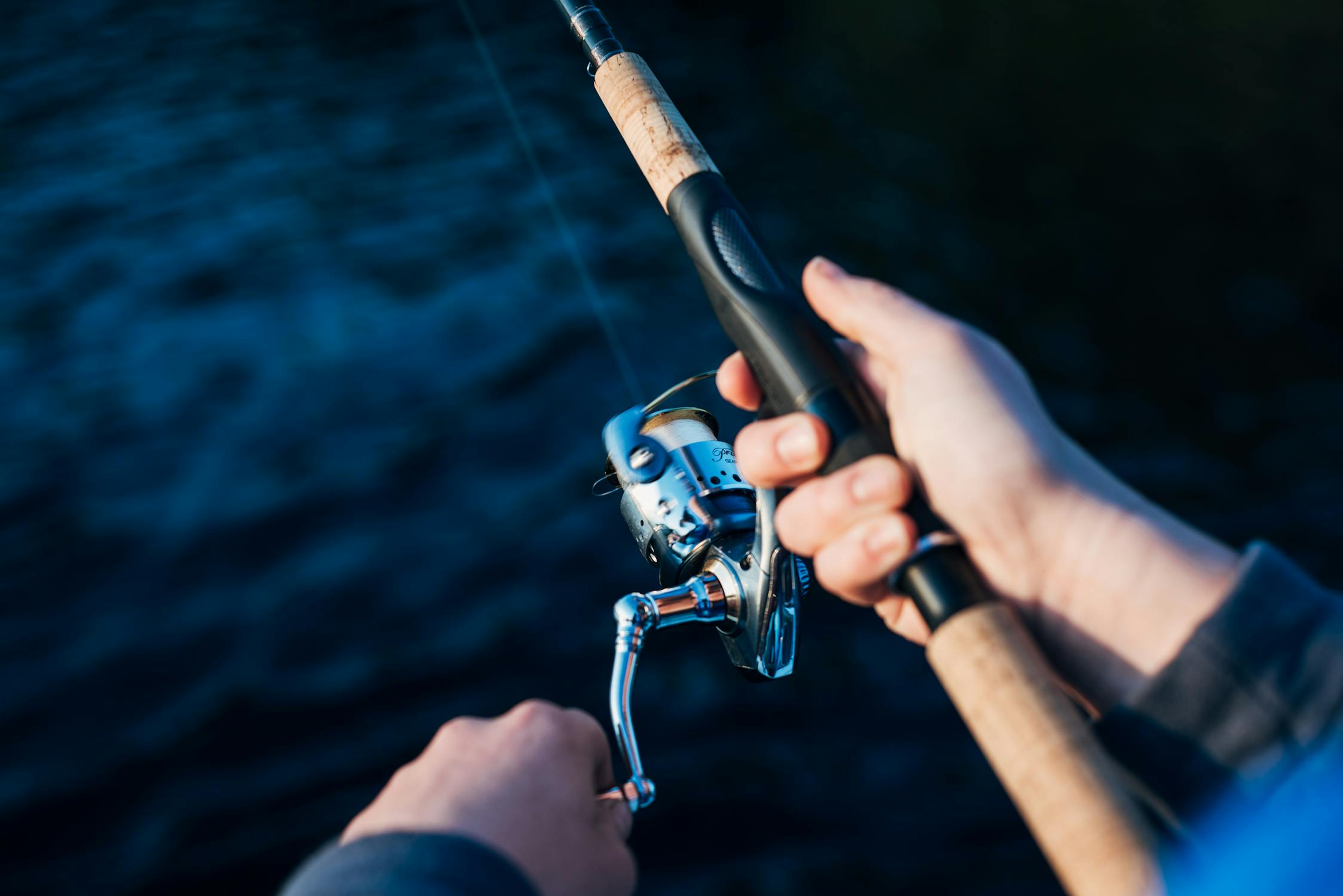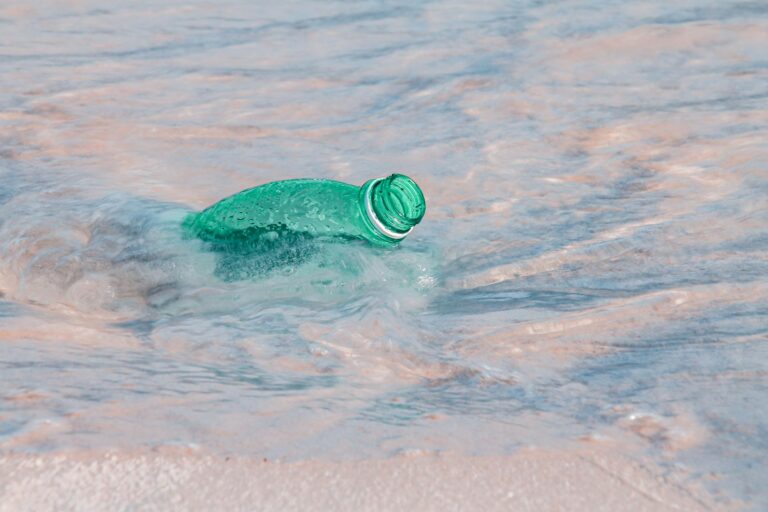Mastering Freshwater Fishing with Jigs: Tips and Techniques
Freshwater fishing with jigs is a popular and effective technique for anglers of all levels. Jigs are versatile lures that mimic a variety of prey, making them suitable for catching a wide range of freshwater fish species. In this informative post, we’ll explore the basics of freshwater fishing with jigs, including tips and techniques to help you improve your success on the water.
Understanding Jigs:
Jigs are lures with a weighted head and a hook, often dressed with a soft plastic or rubber skirt. The weighted head provides the lure with a tempting, natural sinking motion that appeals to predatory fish. There are various types of jigs, including flipping jigs, finesse jigs, and swim jigs, each with specific designs to suit different fishing conditions.
- Choosing the Right Jig:
Selecting the appropriate jig for your fishing scenario is crucial. Consider factors like water depth, cover, and the target species when choosing your jig. Heavier jigs are better for deeper water, while lighter jigs work well in shallower areas. - Adjusting Jig Trailers:
Jig trailers, typically soft plastic or rubber, are essential for adding realism to your jig. The choice of trailer color, size, and style should mimic the local forage. For example, crawfish-style trailers are excellent for imitating crayfish, a common prey for freshwater fish. - Jig Color:
Pay attention to the color of your jig. In clear water, natural colors like green pumpkin or brown can be effective, while in murky water, bright and contrasting colors may work better. Experiment with different colors to find what the fish are responding to on a given day.
Techniques for Successful Jig Fishing:
- Casting and Retrieving:
The most common jig fishing technique involves casting the jig near cover or structure and retrieving it with a series of hops and pauses. The erratic movement mimics a distressed or fleeing prey, attracting fish. - Flipping and Pitching:
In heavy cover or around structures like docks and boat docks, flipping and pitching are effective techniques. This involves short-distance, accurate casts where you drop the jig into likely hiding spots for fish. - Skipping Jigs:
Skipping jigs can be an advanced technique that involves making the jig skip across the water’s surface, imitating a fleeing baitfish. This is an excellent approach for targeting bass around shoreline vegetation. - Vertical Jigging:
In deep water, vertical jigging can be successful. Drop the jig to the desired depth, then lift and drop it vertically to imitate a struggling or injured baitfish. This technique is often used for species like walleye and lake trout. - Experiment and Adapt:
Fishing conditions can change, so be ready to adapt your jigging techniques. Vary the retrieve speed, depth, and cadence of your jig to figure out what works best on any given day.
Conclusion:
Freshwater fishing with jigs is a rewarding and versatile technique that can help you catch a variety of freshwater fish species. Understanding the different types of jigs, choosing the right one for the conditions, and mastering various jigging techniques will improve your success on the water. Whether you’re a novice or experienced angler, jigs can be a valuable addition to your fishing arsenal. Remember, practice and adaptability are key to consistently reeling in your target species.





